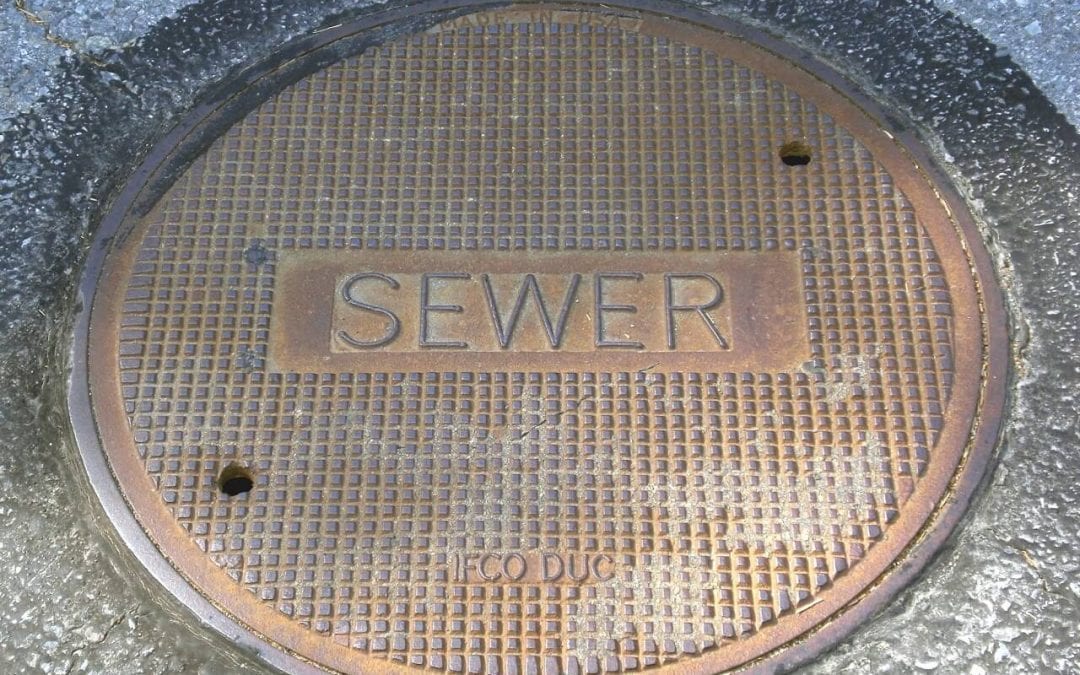Homebuyers should add a sewer scope inspection to their general home inspection before purchasing a new home. An unchecked sewer line may have a clog from grease buildup, a crack from tree root intrusion, or old and deteriorating sewer pipes. These problems can incur costly repairs. Here are the benefits of having a sewer scope inspection before you move into a new home.
Understanding a Sewer Scope Inspection
During a sewer scope inspection, a home inspector inserts a mini video camera into the sewer line. This camera will record images and video of the sewer, including any collapsed sections, cracks, clogs, or other problems that need attention. The camera relays these images to a monitor display unit. Using these images, the inspector will assess the condition of the sewer line and recommend appropriate action.
The Benefits of a Sewer Scope Inspection
Sewer Problems are Not Always Obvious
It is not easy to pinpoint an issue with a sewer line. The toilets could be flushing and sinks draining well, however, problems may still be revealed through a sewer scope inspection, like:
• A belly along the pipe’s length due to improper soil compaction
• A shift in the pipe joints due to surging groundwater or shifting ground
• A buildup of cooking oil and grease constricting the water flow
• Tree roots buckling the pipes
A Precise Inspection Without Trial and Error
Traditional diagnostic equipment for a sewer inspection is massive and outdated. It is a disruptive technology that costs a lot of time and money and may result in further complications.
In contrast, today’s sewer scope inspection is non-invasive and quick to complete. The borescope camera feeds the video and images to a monitor, allowing the inspector to detect problems, flaws, and imperfections in real-time.
Save Money
HomeAdvisor estimates the average cost of a sewer camera inspection at between $232 and $951. This range varies widely depending on the location, the professional handling the inspection, and the equipment used to interpret the findings.
Repairing a sewer line can cost between $1,124 and $4,243. It is cheaper to diagnose a sewer problem before it escalates into expensive repairs or replacements. If you’re purchasing a home and the inspection reveals costly issues, you can ask the seller to pay for repairs or reduce the sale price accordingly.
Facilitate Your Home Remodeling Project
When remodeling a home to prepare it for listing, the homeowner should check whether the current sewer system can handle the new plumbing appliances. Such appliances may include installing secondary lines that will increase the water traffic to the old piping system. By carrying out the inspection, you can prevent the following problems afterward:
• Slow draining or clogged sinks
• Blocked or running toilets
• Fluctuating water pressure
• Constant leaks
When remodeling an old house, you want to rule out any:
• Corrosion or cracks in galvanized pipes
• Weak polybutylene pipes due to prolonged oxidation
• Previous poor repair work
• Outdated valves, faucets, handles or spigots that can inflate the utility bill
As a homeowner, you are responsible for your house’s sewer line until it connects to the city’s main sewer line. Also, a standard home inspection does not always include checking the condition of the piping system.
A traditional sewer inspection will use a drain auger even though this is a trial and error approach. Instead, contact a professional home inspector to conduct a sewer scope inspection and report on the condition of your sewer system.
Lakeland Home Inspection Service provides home inspections and sewer scope inspections to the Lakeland area in Florida. Contact us to schedule our services.

